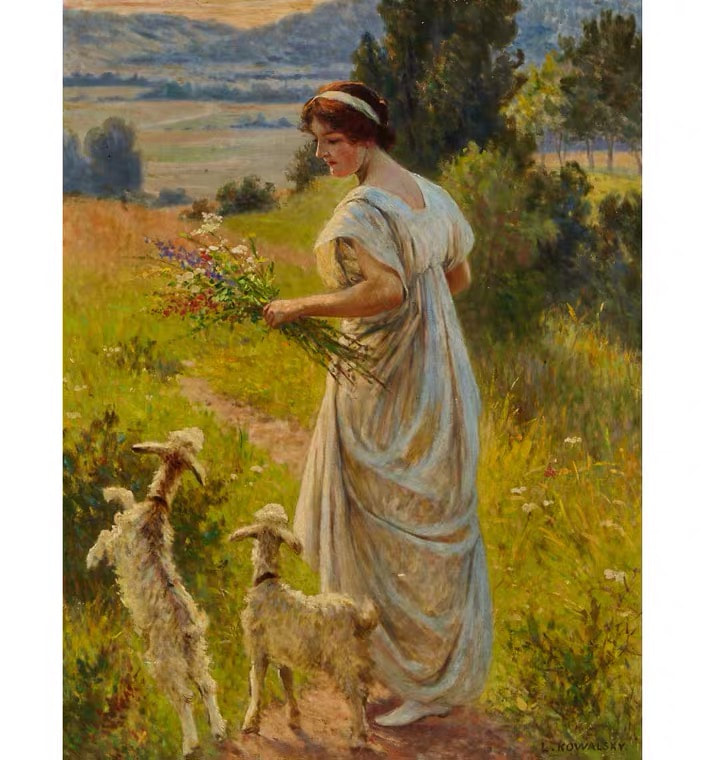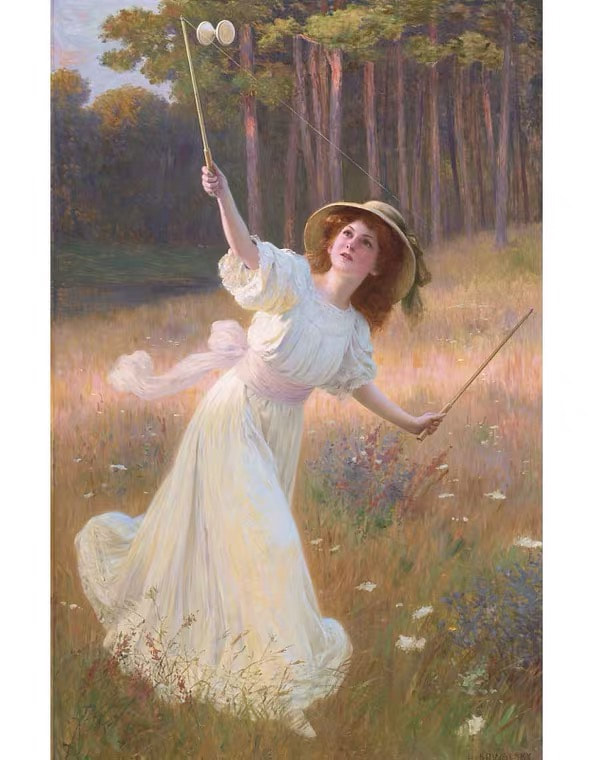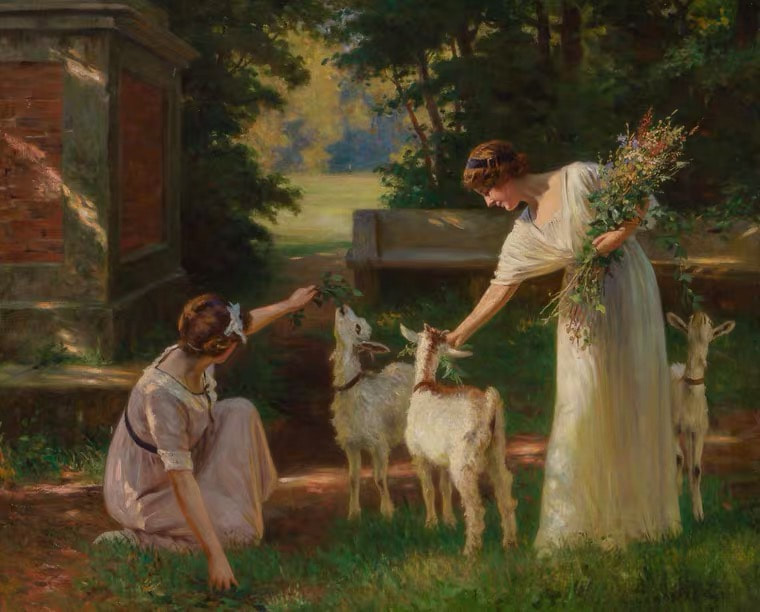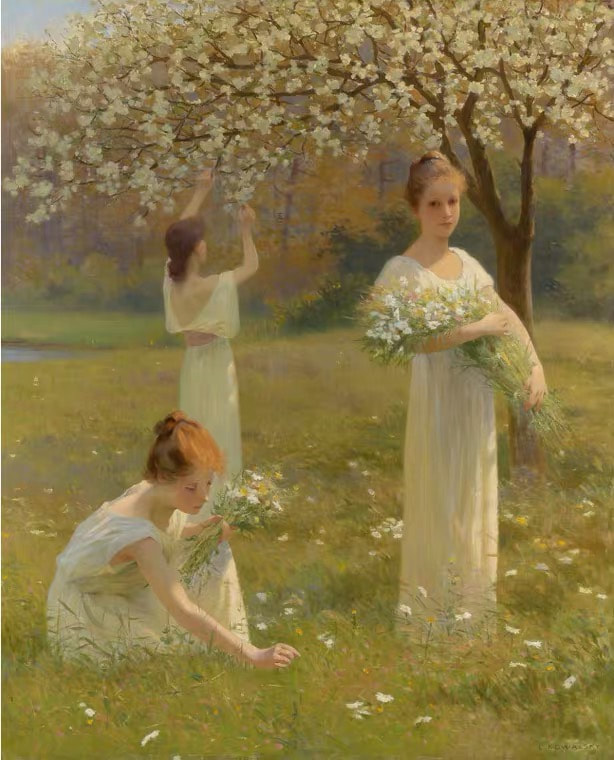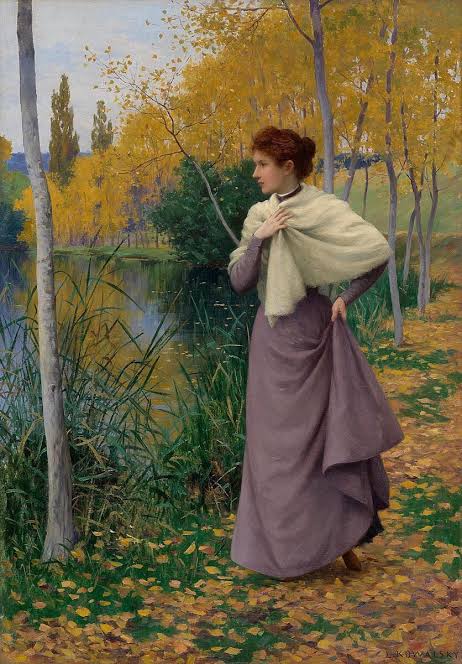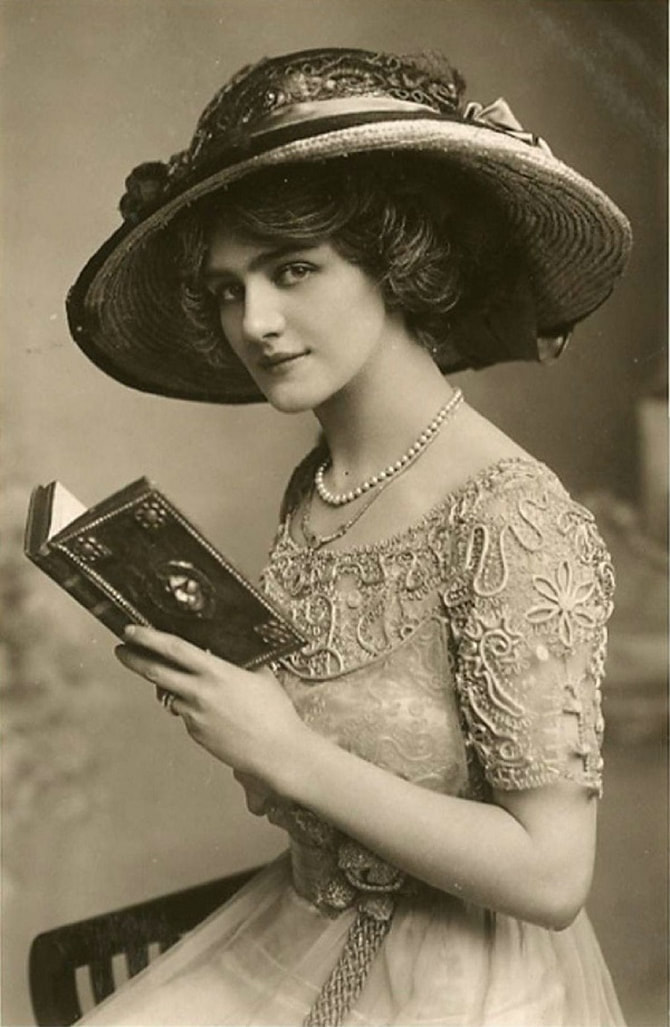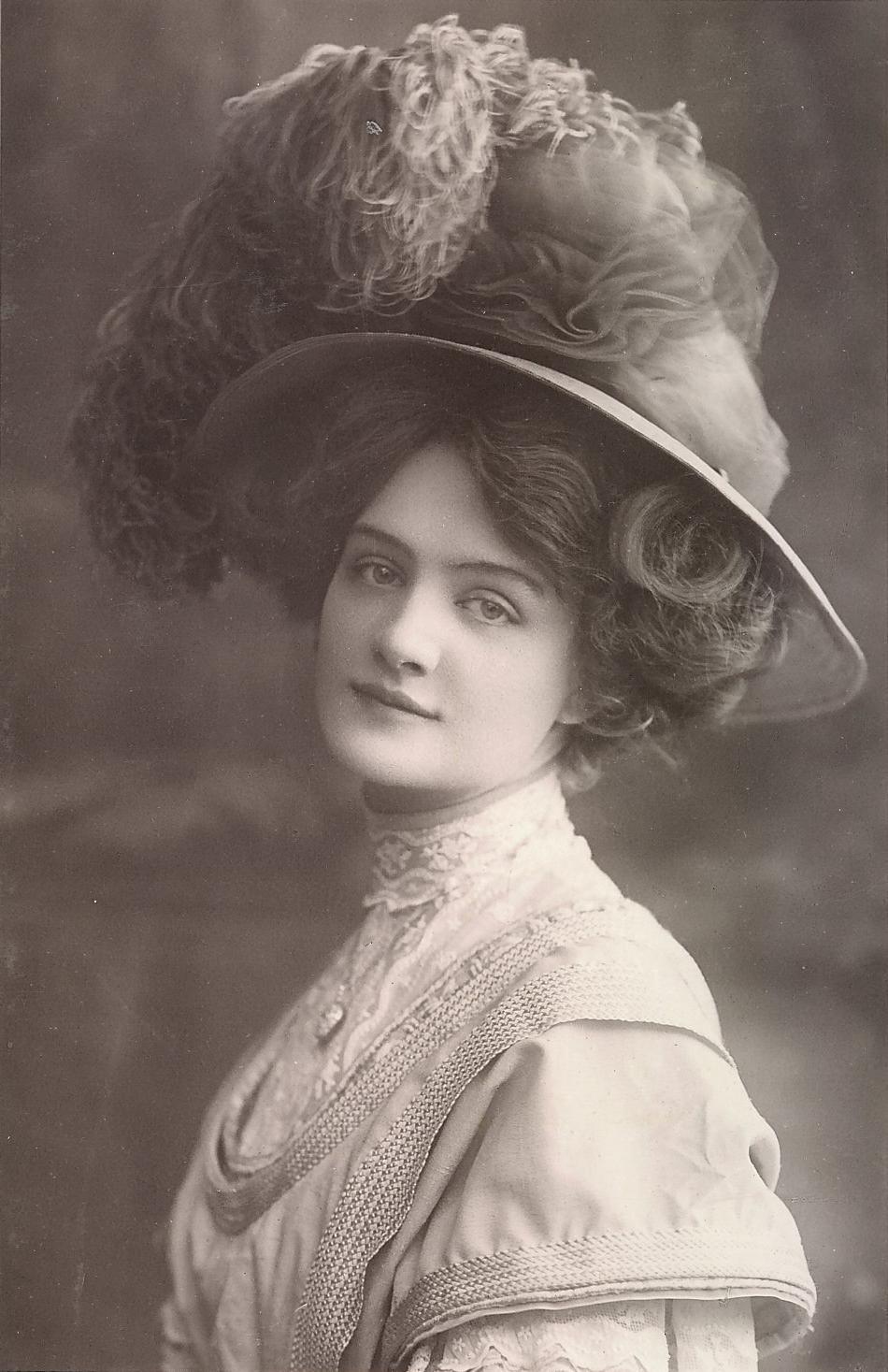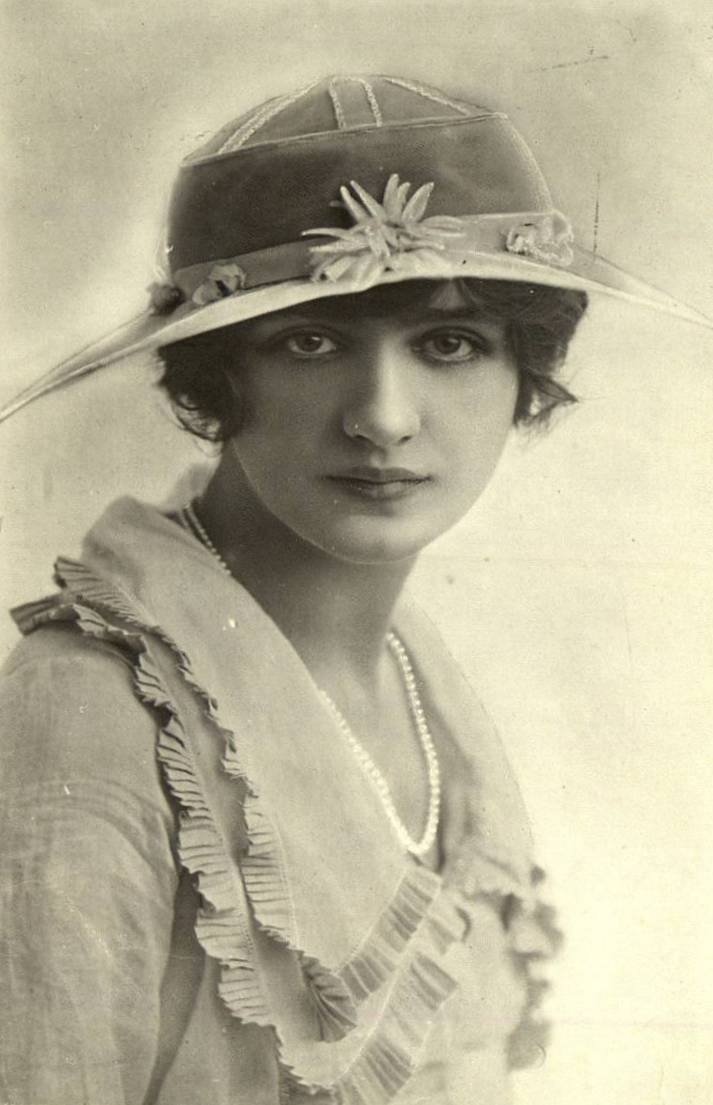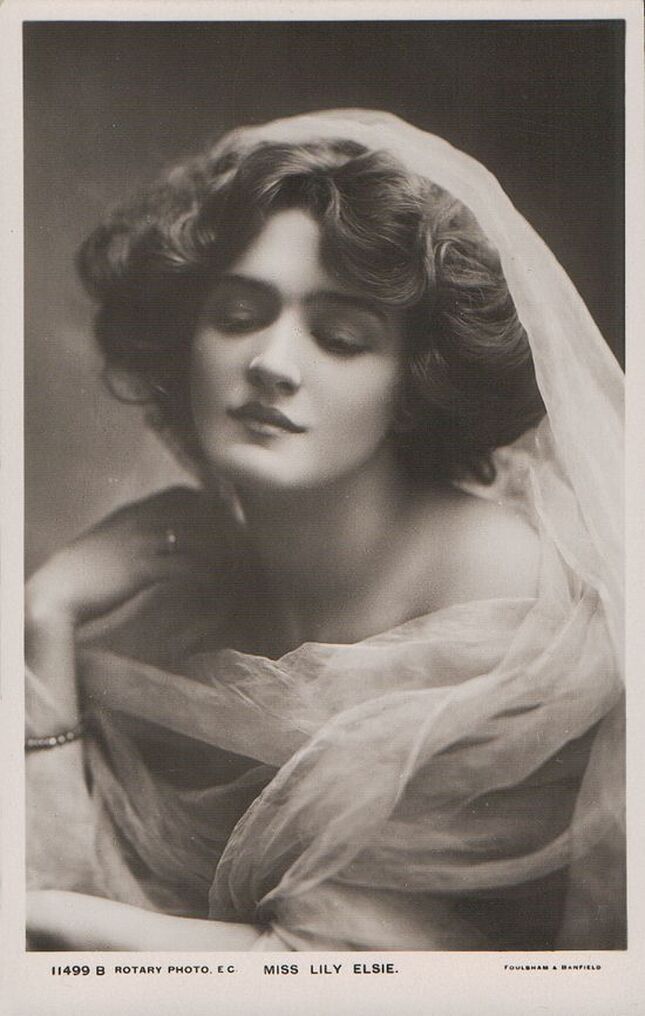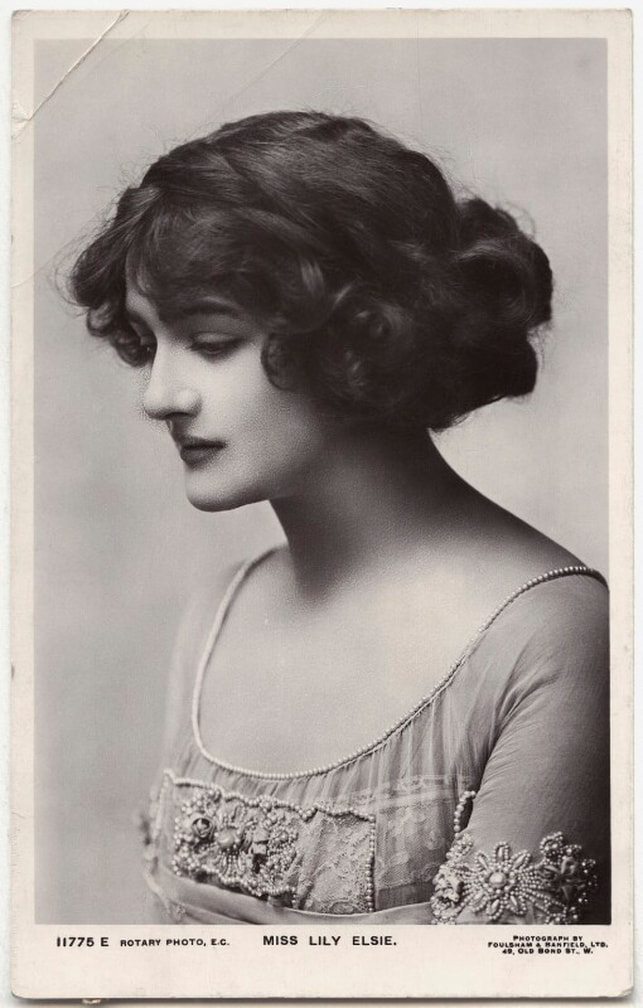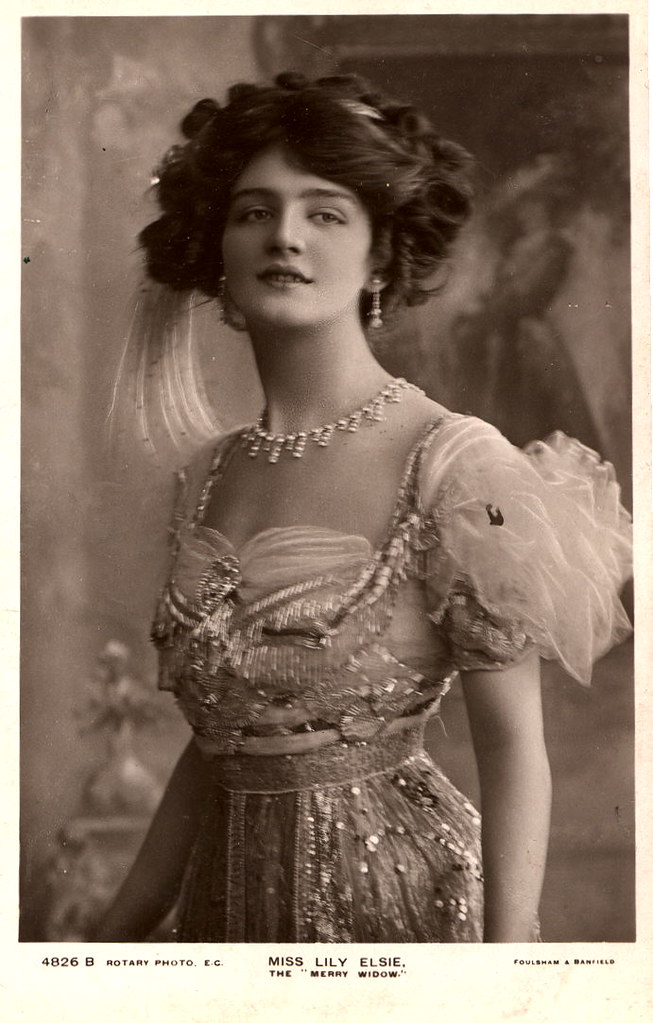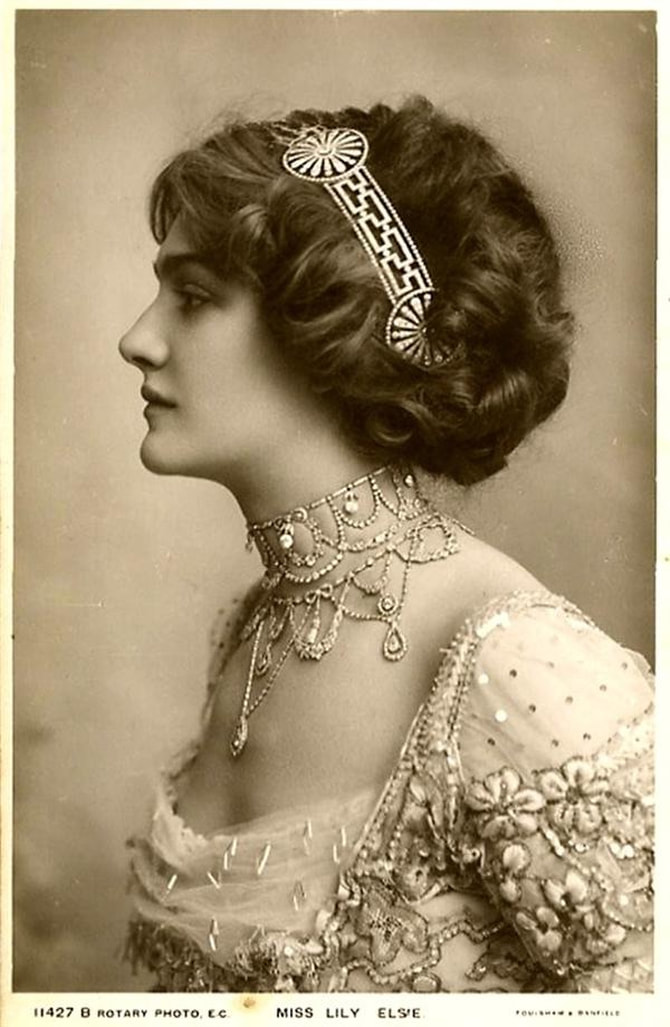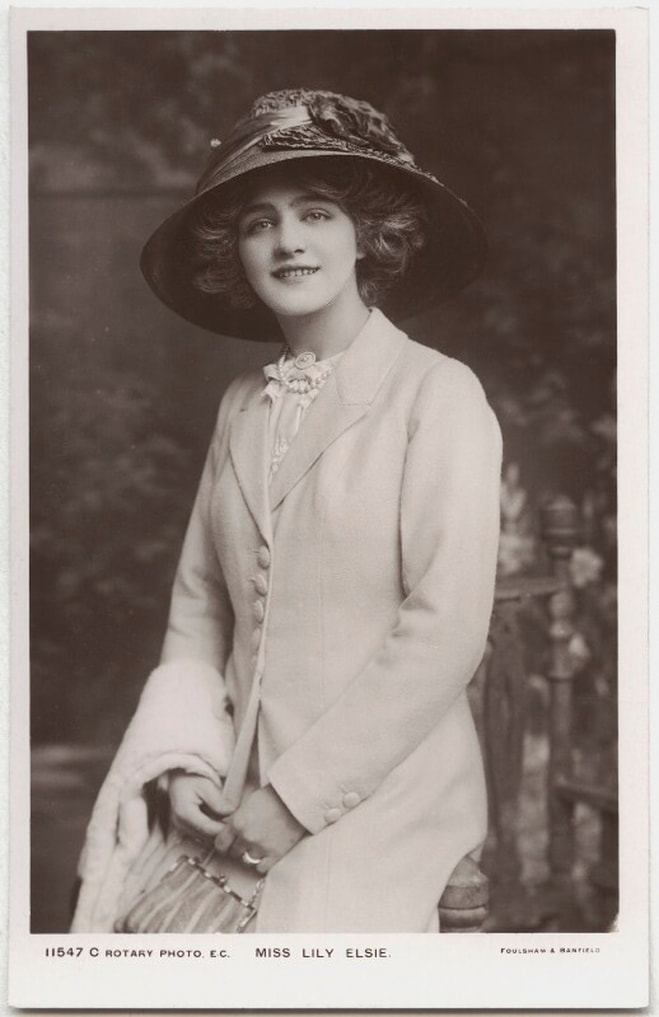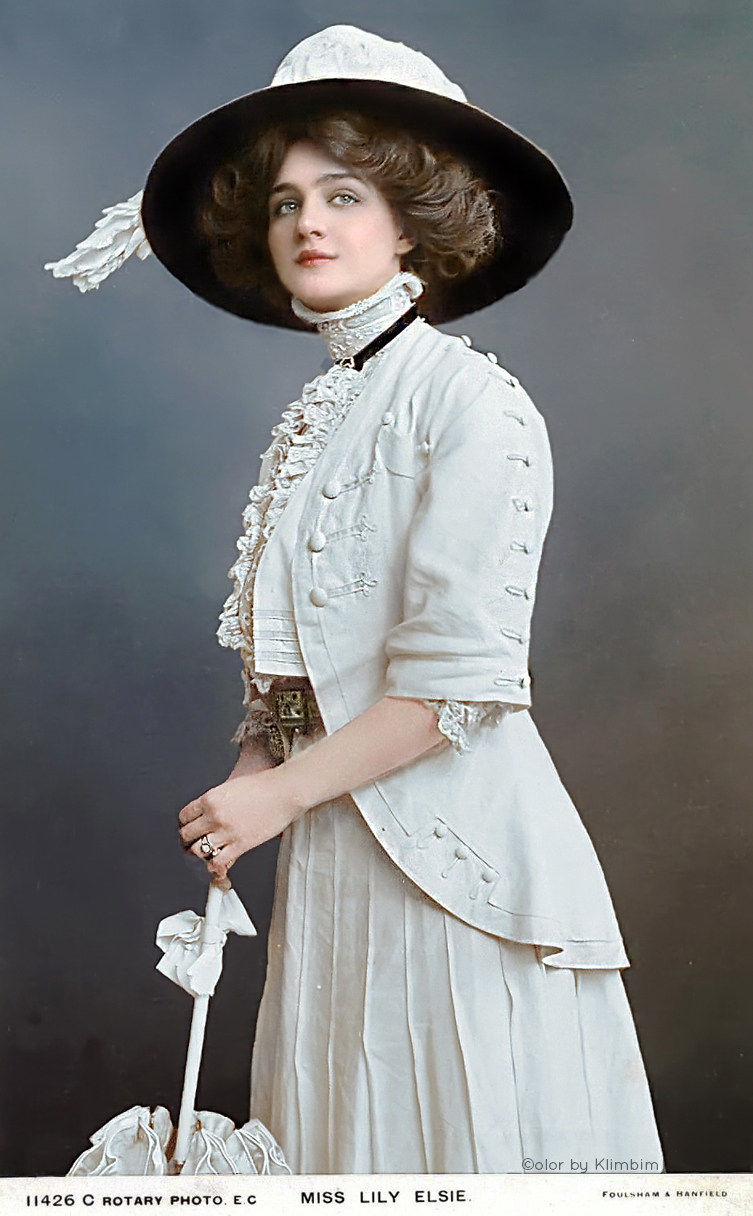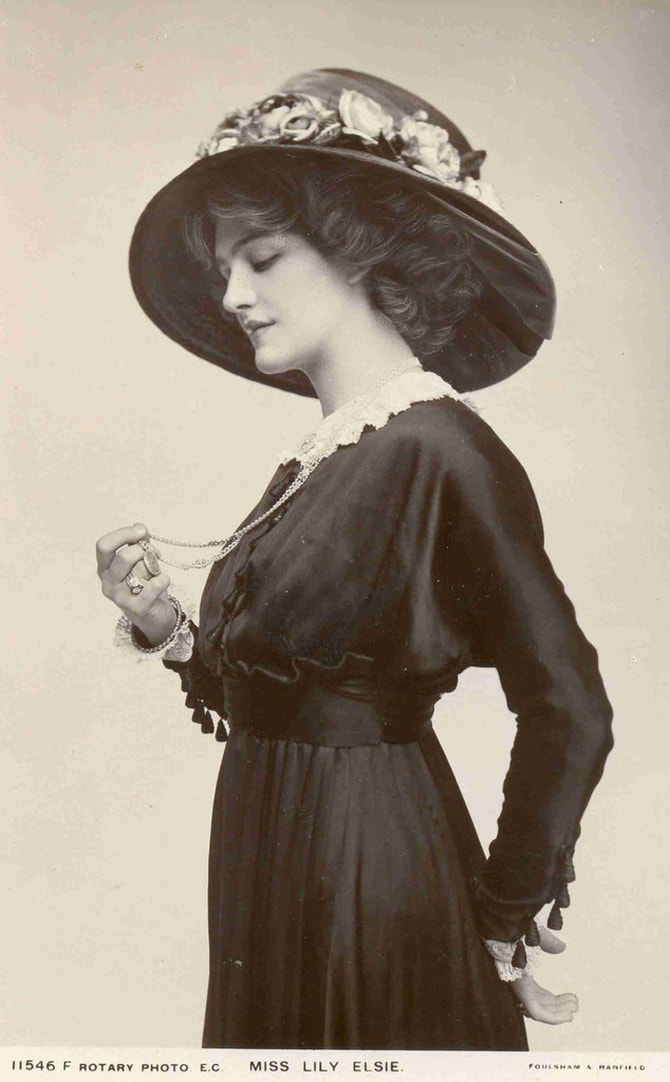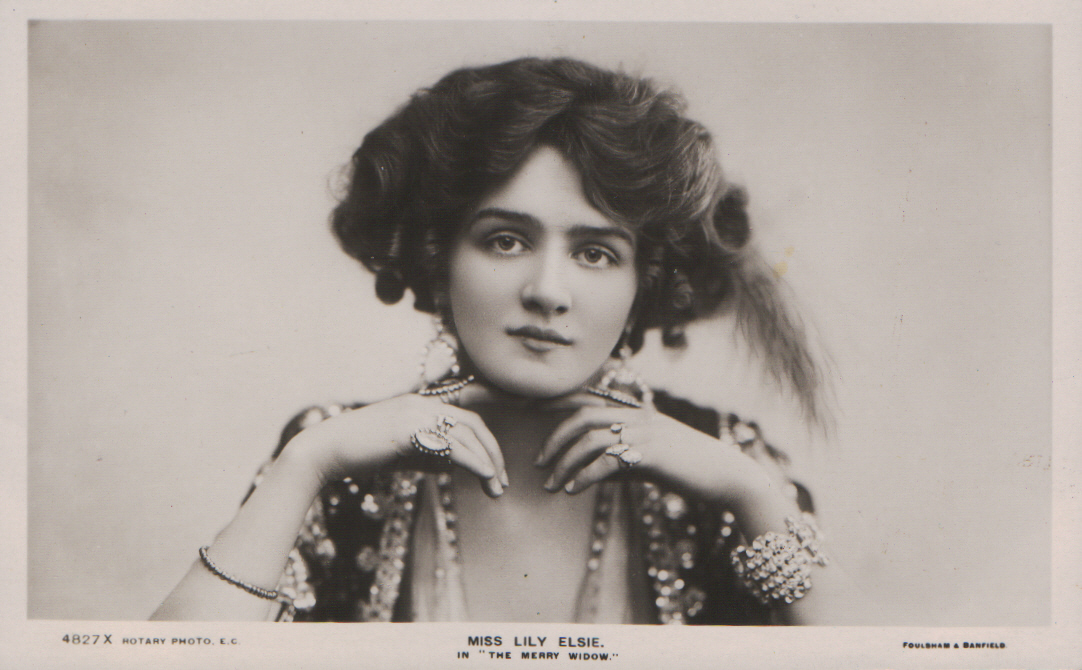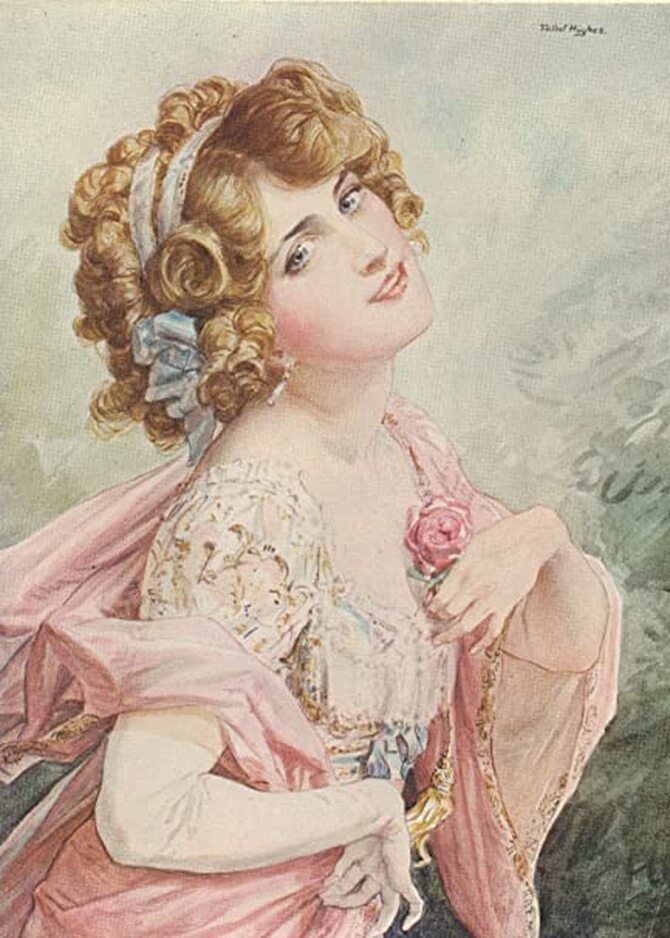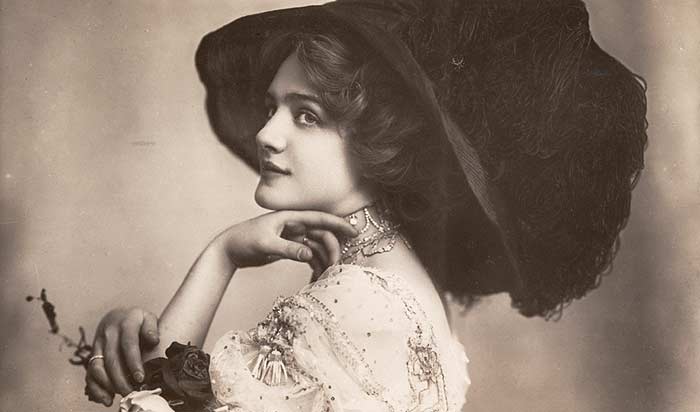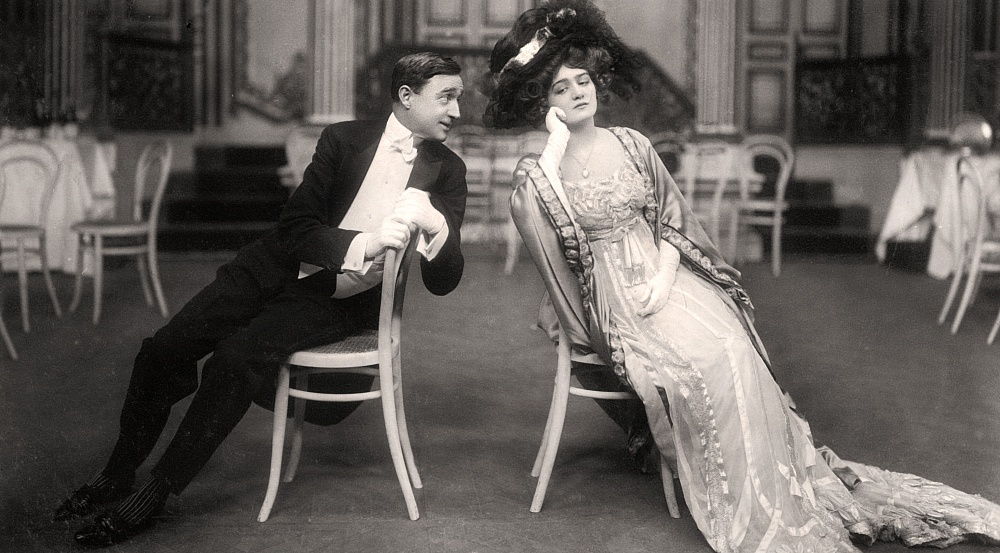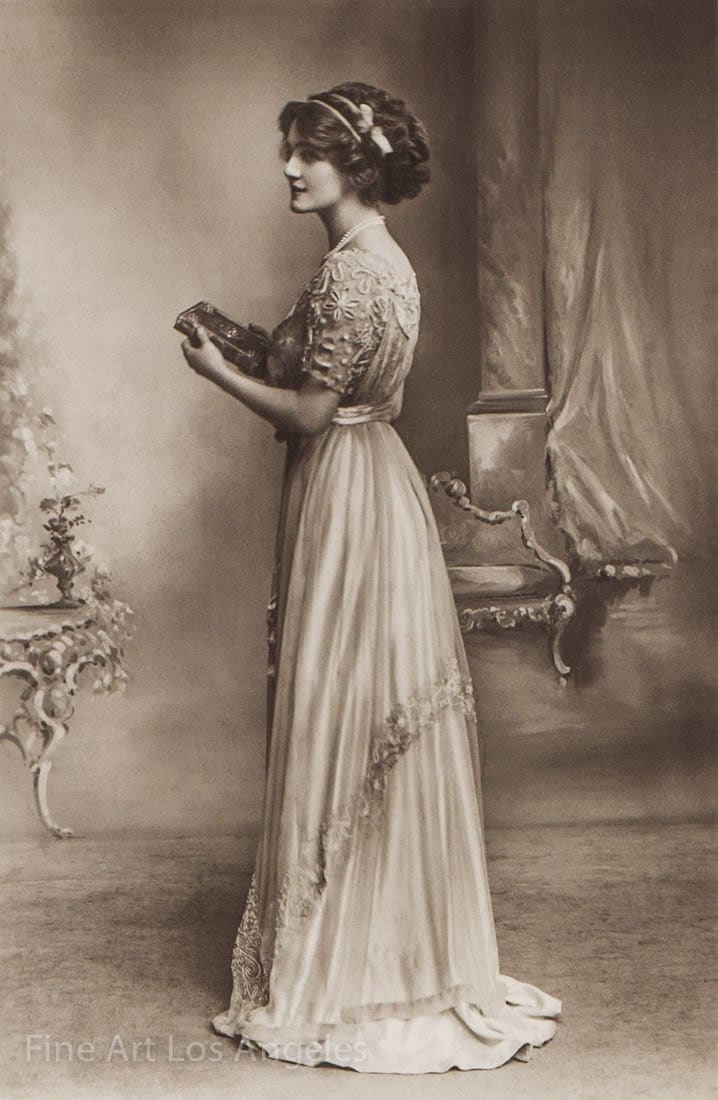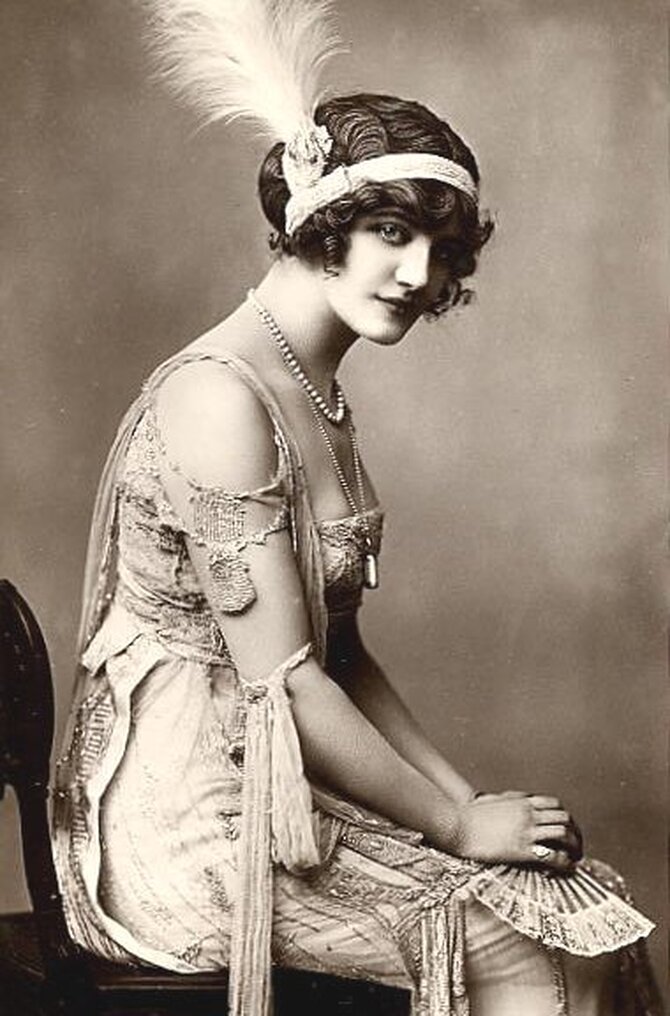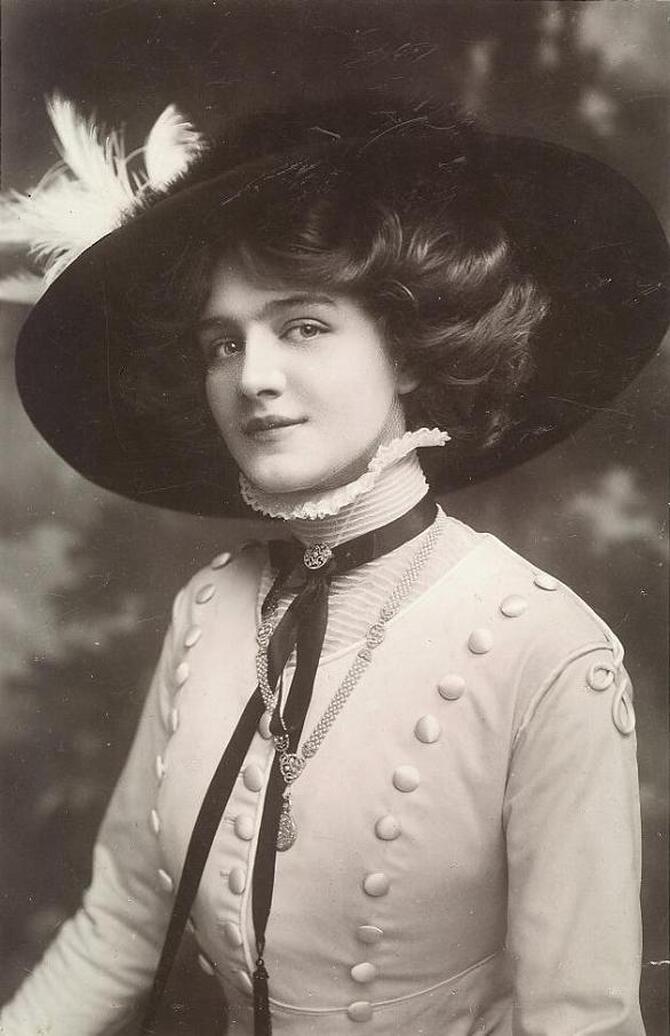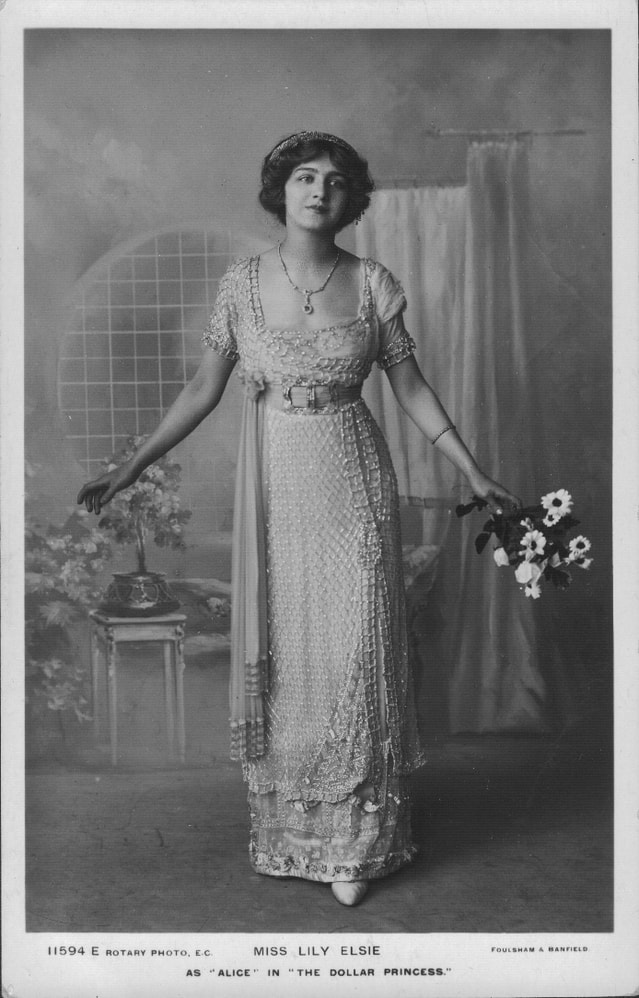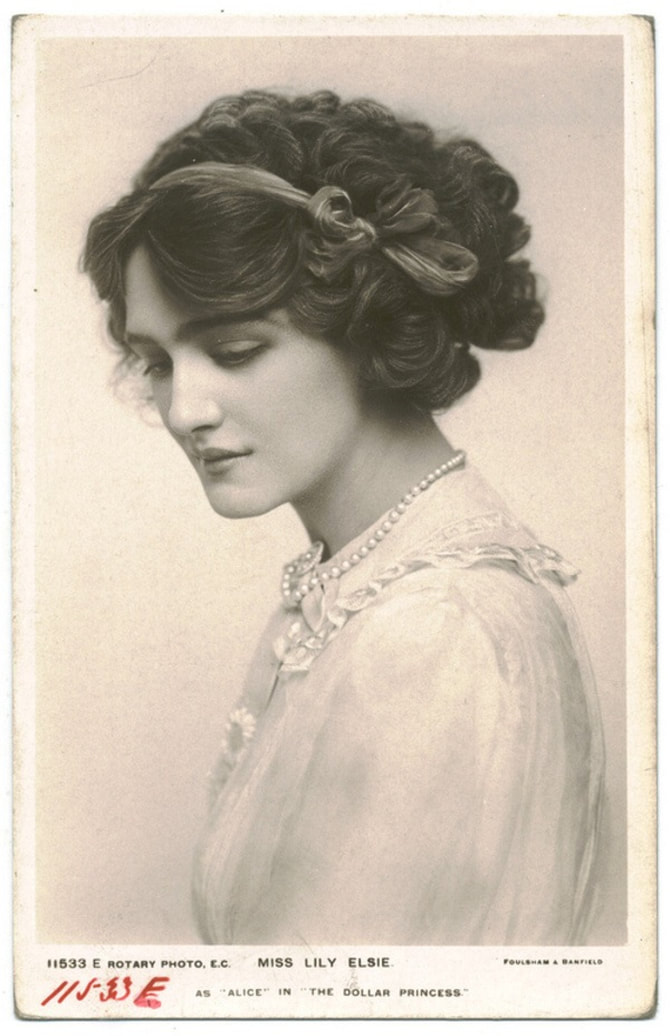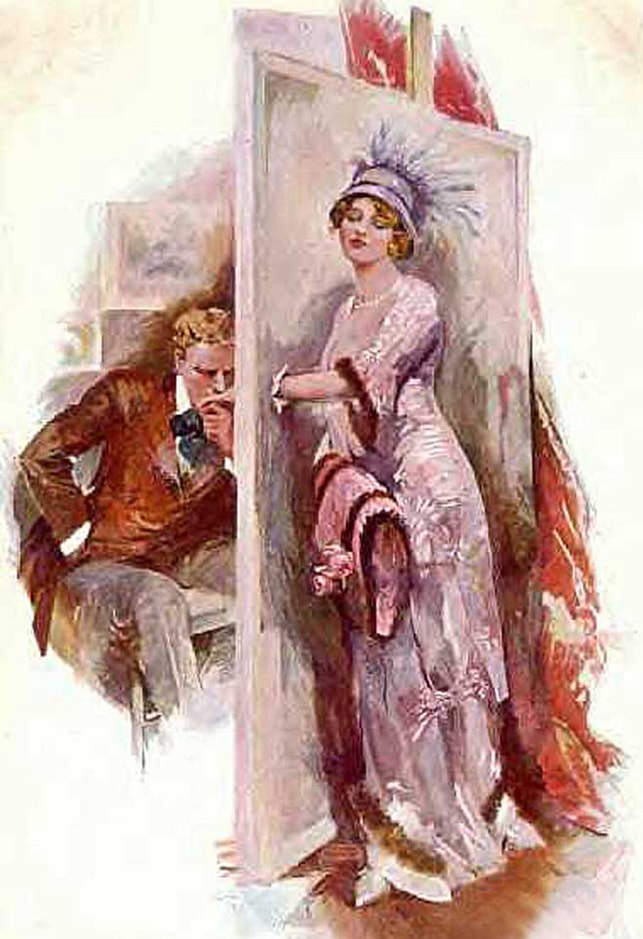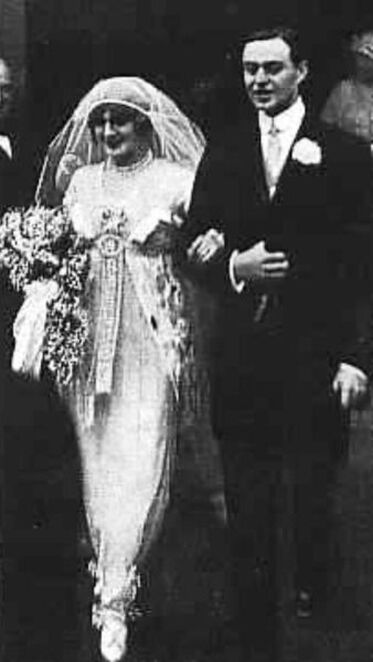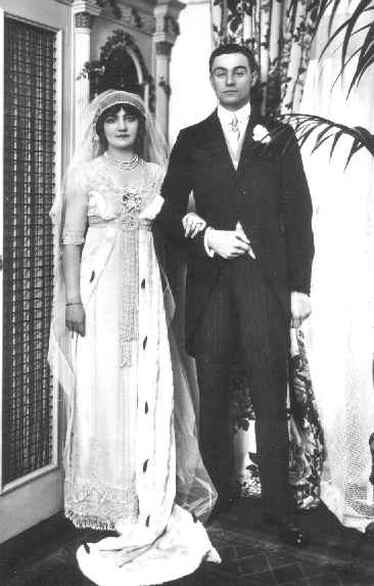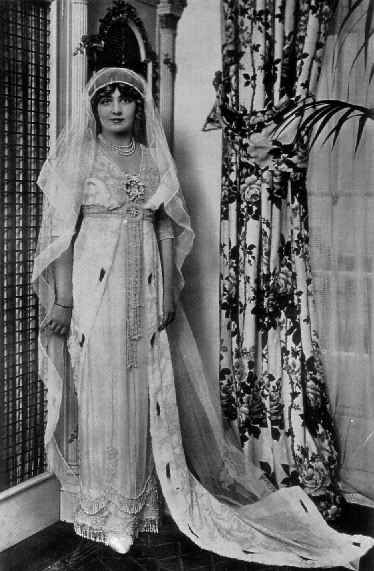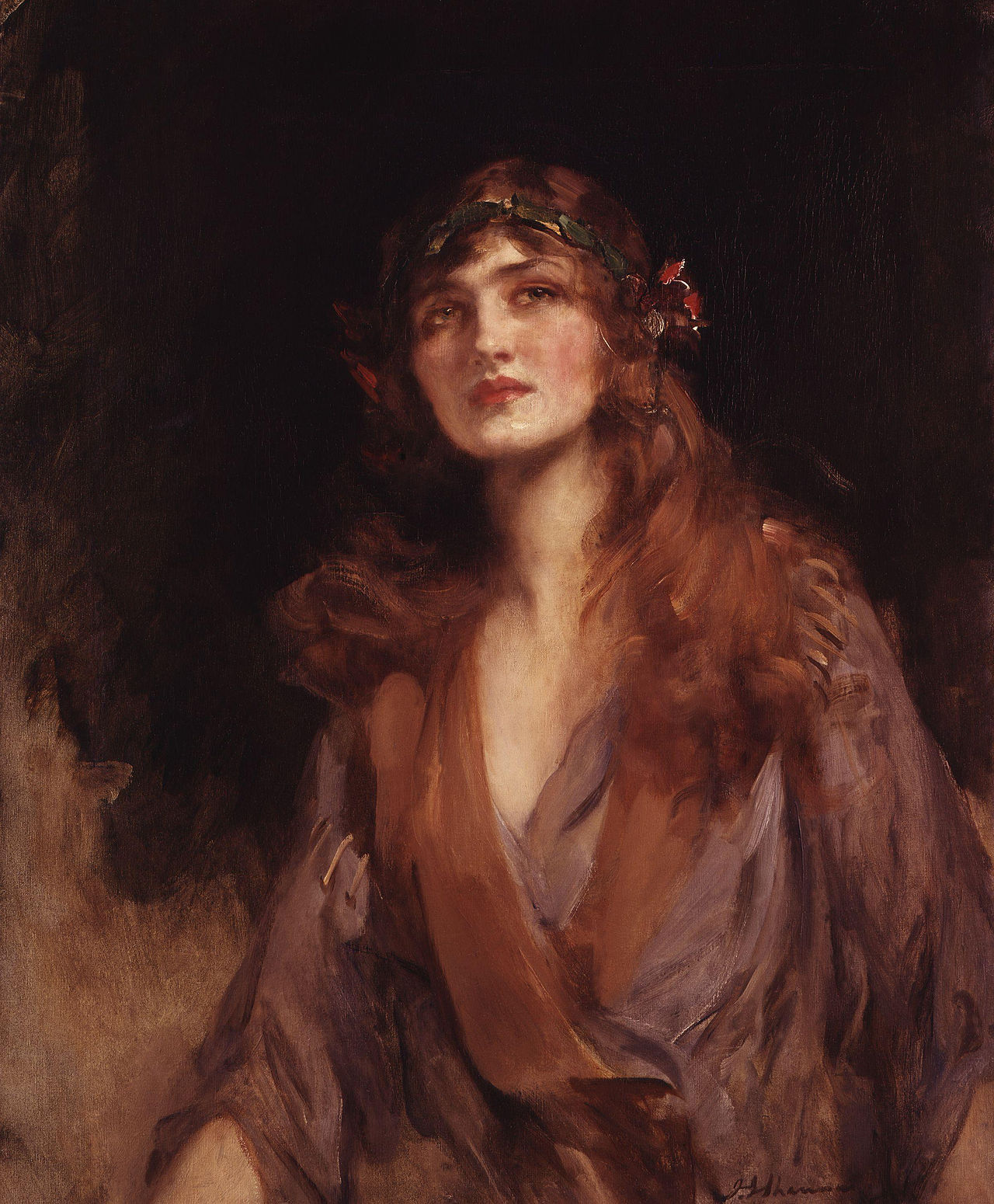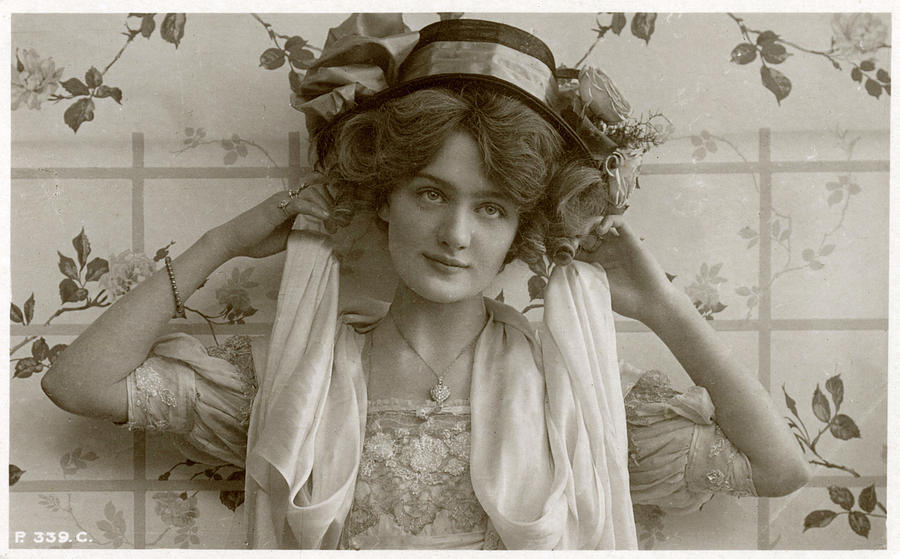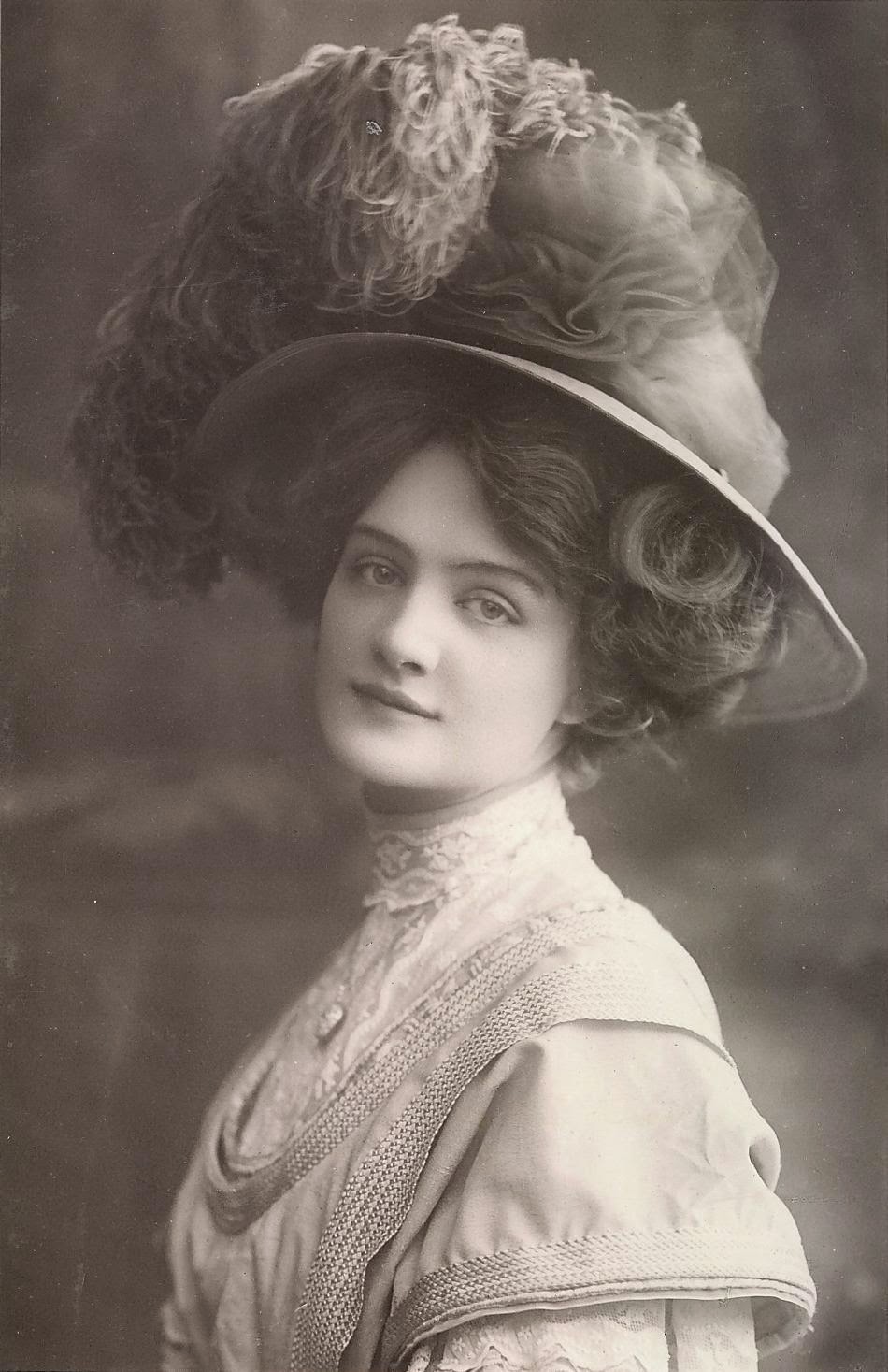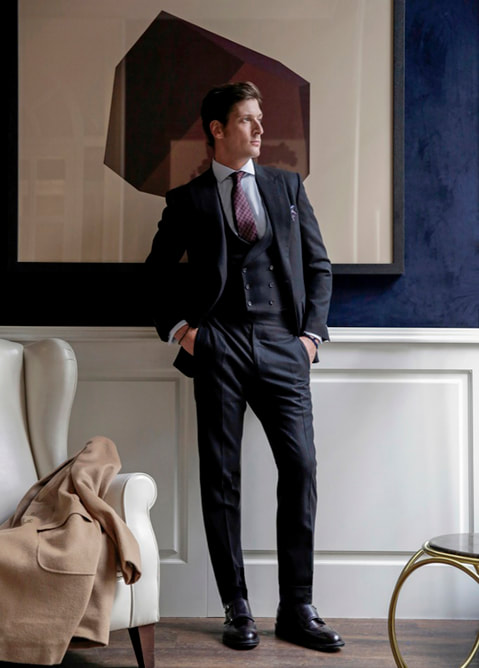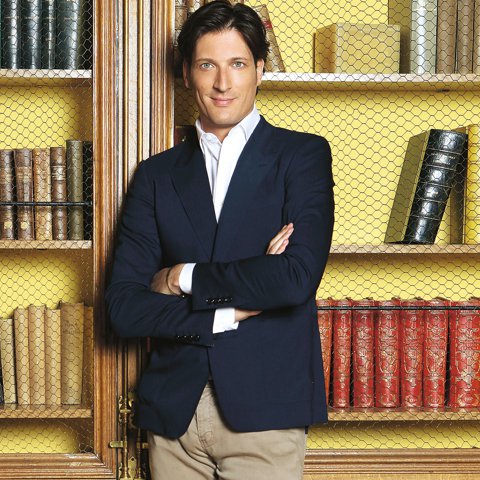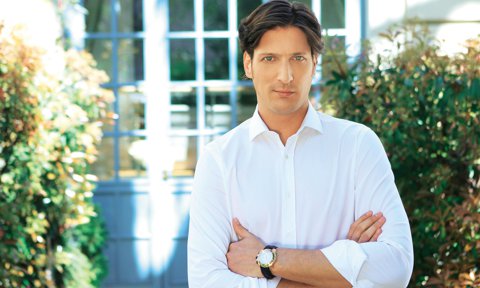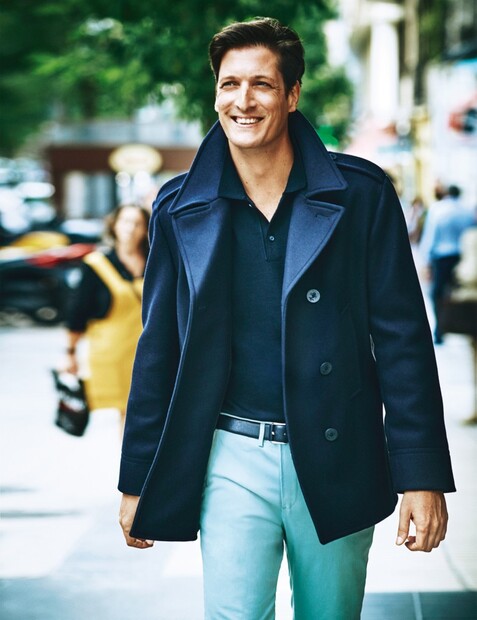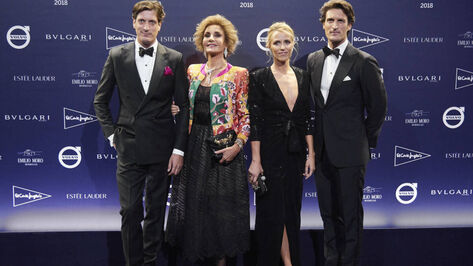|
Léopold-François Kowalsky, né le 8 décembre 1856 à Paris et mort le 13 juillet 1931 à Hardencourt-Cocherel, est un peintre français. BiographyLéopold Franz Kowalski was born in France. He first studied at Ecole des Beaux-Arts de Paris. in 1878, then went to académie Julian. In 1881, he first exhibited his art works in Parisian salon and became member of French Artist Association. In 1886, while on a trip to New York, he married Marie Joséphine Jeanne Dantare(born in 1860). Léopold-François Kowalsky was known for his canvases depicting genre scenes, figures and landscapes. In 1931, he died at the age of 74, and was buried beside his son Maurice Léopold. BiographieLéopold-François Kowalsky est le fils de Jean-Léon Kowalsky, marchand de pierres y fines, et de Fanny Carnesecchi.
Élève de Jacques Pilliard et Henri Lehmann, il intègre les Beaux-Arts de Paris en 1878, puis l'académie Julian. Il débute au Salon parisien en 1881 et devient membre de la Société des artistes français. En 1886, lors d'un séjour à New York il épouse Marie Joséphine Jeanne Dantare (née à Dijon en 1860). Il obtient une mention honorable en 1890 et une médaille de troisième classe en 1891. Au Salon de 1905, il propose le portrait de la jeune milliardaire, Mlle Disston. En 1912, il emménage dans l'Eure; sa proche famille sera dès lors le seul sujet de sa production artistique. Son fils Maurice Léopold (1883-1915) engagé dans les combats de la première Guerre Mondiale est mort pour la France. Il meurt à l'âge de 74 ans. Il est inhumé auprès de son fils Maurice Léopold à Hardencourt-Cocherel.
0 Comments
Elsie Cotton (née Hodder, 8 April 1886 – 16 December 1962), known professionally as Lily Elsie, was an English actress and singer during the Edwardian era. She was best known for her starring role in the London premiere of Franz Lehár's operetta The Merry Widow. Beginning as a child star in the 1890s, Elsie built her reputation in several successful Edwardian musical comedies before her great success in The Merry Widow, opening in 1907. Afterwards, she starred in several more successful operettas and musicals, including The Dollar Princess (1909), A Waltz Dream (1911) and The Count of Luxembourg (1911). Admired for her beauty and charm on stage, Elsie became one of the most photographed women of Edwardian times. BiographyElsie Cotton was born in Armley, West Yorkshire. Her mother, Charlotte Elizabeth Hodder (1864–1922), was a dressmaker who operated a lodging-house. She married William Thomas Cotton, a theatre worker, in 1891, and Elsie became Elsie Cotton. The family lived in Manchester. A precocious child star, Elsie appeared in music hall and variety entertainments as a child impersonator known as Little Elsie. Nevertheless, she was reportedly painfully shy, even as an adult. By 1895–96, she appeared in concerts and pantomimes in theatres in Salford. In 1896, she played the role of Princess Mirza in The Arabian Nights at the Queen's Theatre in Manchester. Then, at Christmas 1896–97, at the age of ten, she appeared in the title role of Little Red Riding Hood at the same theatre for six weeks and then on tour for six additional weeks. Her first London appearance was at Christmas 1898 in King Klondike at Sara Lane's Britannia Theatre as Aerielle, the Spirit of the Air. Elsie then toured the provinces, travelling as far as Bristol and Hull for a full year in McKenna's Flirtation, a farce by American E. Selden, in 1900. She then played in Christmas pantomimes, including Dick Whittington (1901), The Forty Thieves (1902), and Blue Beard (1903) and toured in Edwardian musical comedies, including The Silver Slipper by Owen Hall, with music by Leslie Stuart (1901–02), and Three Little Maids (1903). From about 1900, she adopted the stage name Lily Elsie. Elsie then joined George Edwardes' company at Daly's Theatre in London as a chorus girl. From 1900 to 1906, she appeared in 14 shows. In 1903, she took over the role of Princess Soo-Soo in the hit musical A Chinese Honeymoon and then starred in the flop, Madame Sherry, by Hugo Felix, at the Apollo Theatre. She next played the roles of Gwenny Holden in Lady Madcap, Lady Patricia Vereker in The Cingalee in 1904, Madame du Tertre in The Little Michus in 1905, and Lady Agnes Congress in The Little Cherub (during which, she was fired by George Edwardes for giggling, but soon rehired), Humming Bird in See See and Lally in The New Aladdin at the Gaiety Theatre, all in 1906. Lily Elsie's biggest success came in creating the title role in the English-language version of The Merry Widow in the London production. George Edwardes took Elsie to see the original German version (Die Lustige Witwe) in Berlin. Elsie was at first reluctant to take on the demanding part, thinking her voice too light for the role, but Edwardes persuaded her to accept. Edwardes brought her to see the famous designer, Lucile, for a style coaching. Lucile later wrote, "I realised that here was a girl who had both beauty and intelligence but who had never learnt how to make the best of herself. So shy and diffident was she in those days that a less astute producer than George Edwardes would in all probability have passed her over and left her in the chorus." The production, with English lyrics by Adrian Ross, opened in June 1907 and ran for 778 performances at Daly's Theatre. Elsie created the role at Daly's and toured with it beginning in August 1908. The show was an enormous success for its creators and made Elsie a major star. One critic at the opening night praised "the youthfulness, the dainty charm and grace, the prettiness and the exquisite dancing with which Miss Elsie invests the part.... I share the opinion of most of the first-nighters, who considered it could not have been in better hands, and could not have been better handled.... The night was a genuine triumph for Miss Elsie, and she well deserved all the calls she received." Lucile designed the costumes for Elsie in The Merry Widow (including the plumed hats that became an extraordinary fad) and thereafter used Elsie to promote her fashions, designing her personal clothes and costumes for several of her other shows. Lucile wrote, "That season was a very brilliant one, perhaps the most brilliant of the series which brought the social life of pre-war London to its peak. And just when it was at its zenith a new play was launched with a new actress, who set the whole town raving over her beauty...." After The Merry Widow, Elsie appeared in another 16 shows, including in the very successful English-language versions of The Dollar Princess in 1909; as Franzi in the British premiere of A Waltz Dream in 1911; and as Angèle in The Count of Luxembourg, also in 1911, garnering continuous praise. One critic wrote that "it gave great pleasure merely to see her walk across the stage." Elsie left the cast of The Count of Luxembourg to marry Major John Ian Bullough (1885–1936), the son of a wealthy textile manufacturer, but the marriage was reported to be mostly unhappy. In addition, Elsie often suffered from ill health, including anaemia, among other ailments, and had several operations during her years onstage. The gossip column in The Pelican called her "the occasional actress". Bullough wanted his wife to retire from the stage. The publicly shy and exhausted Elsie was happy to leave the stage for the next several years, except for charity performances to benefit the war effort. Lily Elsie's image was in great demand by advertisers and on postcards, and she received unsolicited gifts of great value from many male admirers (and even bequests). Lucile commented, "She was absolutely indifferent to most [men] for she once told me she disliked the male character and considered that men only behaved tolerably to a woman who treated them coldly". Nevertheless, Elsie became one of the most frequently photographed beauties of the Edwardian era. According to the Atlanta Constitution newspaper in America, writing in 1915: "Perhaps her face is nearer to that of the Venus de Milo in profile than to any other famed beauty. There are no angles to be found about her any place.... If she came to America, she would undoubtedly be called the most beautiful woman in America. Nature never made a more brilliant success in the beauty business than she did with Lily Elsie. It was mostly from the nobility that her suitors came. Everyone agrees that Lily Elsie has the most kissable mouth in all England... she possesses the Cupid's bow outline with the ends curving upward delicately, all ready for smiles.... Strangely enough, the women of the land were among her most devoted admirers." After a few years, Lily Lesie returned in the title role of Louis Parker's comedy play Malvourneen with Herbert Beerbohm Tree at His Majesty's Theatre, as Lady Catherine Lazenby in The Admirable Crichton in 1916 and in the title role in Pamela written by Arthur Wimperis. In 1920, Elsie moved with her husband to the Gloucestershire village of Redmarley D'Abitot. She spent ten years away from the stage during this time, enjoying social events and fox hunting. She returned to performing, first touring and then appearing at the Prince of Wales's Theatre in London in 1927 as Eileen Mayne in The Blue Train, the English language adaptation of Robert Stolz's German musical comedy Mädi. Her last show before retiring was Ivor Novello's successful The Truth Game back at Daly's Theatre in 1928–1929. Finally, in 1930, Elsie's unhappy marriage ended in divorce as her health deteriorated further and she became subject to fits of ill temper.
She spent much time in nursing homes and Swiss sanatoria. She was diagnosed as having serious psychological ailments and underwent brain surgery that reportedly resulted in an improvement in her health. Her last years were spent at St. Andrew's Hospital in London. Elsie died at St. Andrew's Hospital (demolished in 1973), Cricklewood, London, aged 76, and was cremated at Golders Green Crematorium. Louis de Medina y Abascal, 20th Duke of Feria, GE (born 25 September 1978) is the younger son of the late 19th Duke of Feria and the Spanish top-model Nati Abascal. Together with his older brother Rafael de Medina, Luis de Medina belongs to one of the most important families of Spain, the House of Medinaceli, being a grandson of Victoria Eugenia Fernández de Córdoba, 18th Duchess of Medinaceli, and is a descendant of King Alfonso X of Castilla. BiographyLuis de Medina, was born in Madrid, Spain on 31 August 1980, and currently lives in Madrid.
Little is known about his life, except that he has been always connected to fashion. He has created Showme! in central Madrid as a showroom to promote some of the worldwide important brands like Oscar de la Renta and Aquazzura; He has also worked with Dolce&Gabanna as the brand's ambassador. In his private life, Luis de Medina has been romantically related to numerous females including Armanda Hearst, grand-grand-daughter of William Randolph Hearst, American media tycoon, but remains single, and has long been called by Spanish media as the best golden bachelor in Spain. In March 2021, he became the Marquis of Villalba, the title inherited by his older brother Rafael de Medina who decided to give it to Luis. |
Categories
All
Archives
December 2023
|
